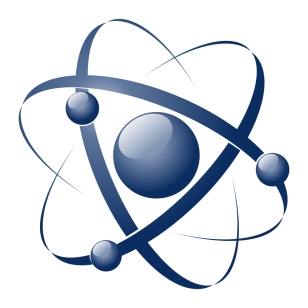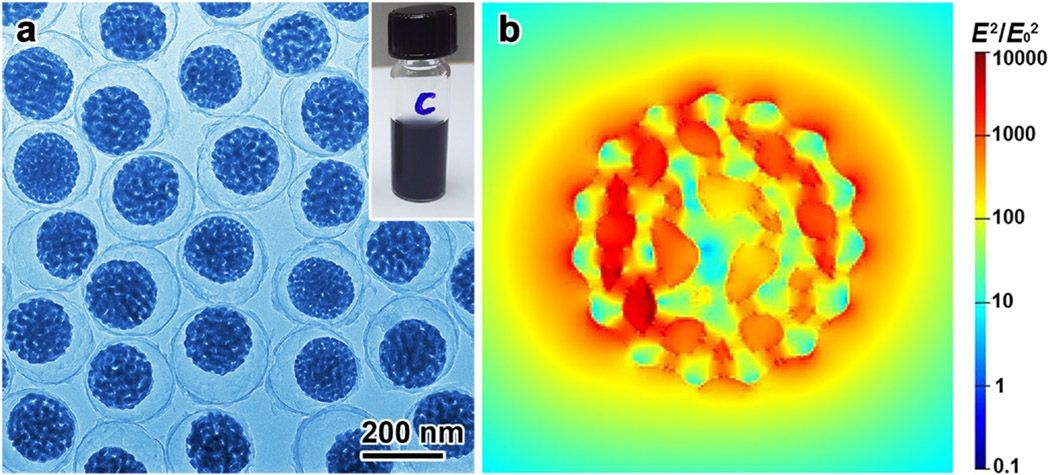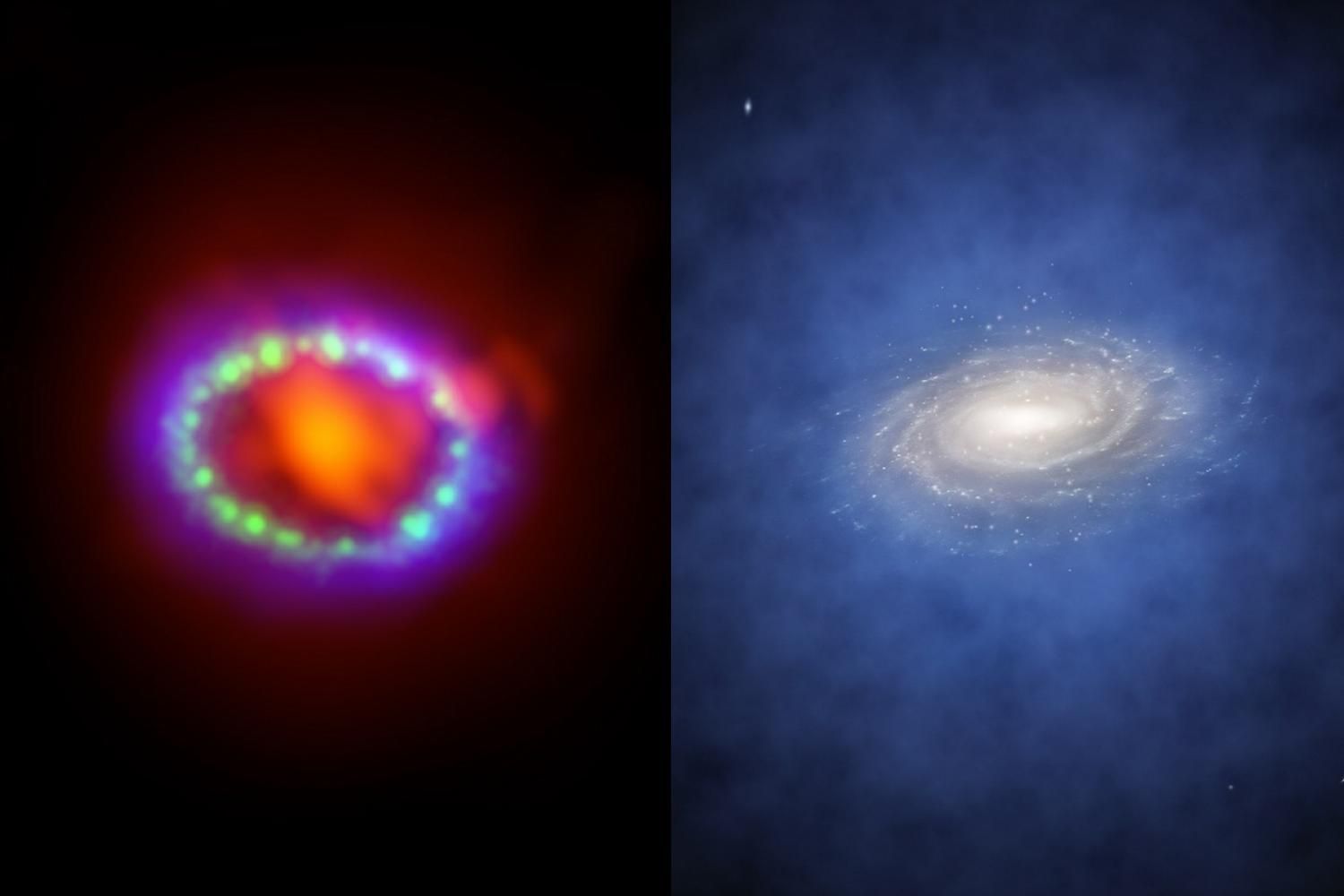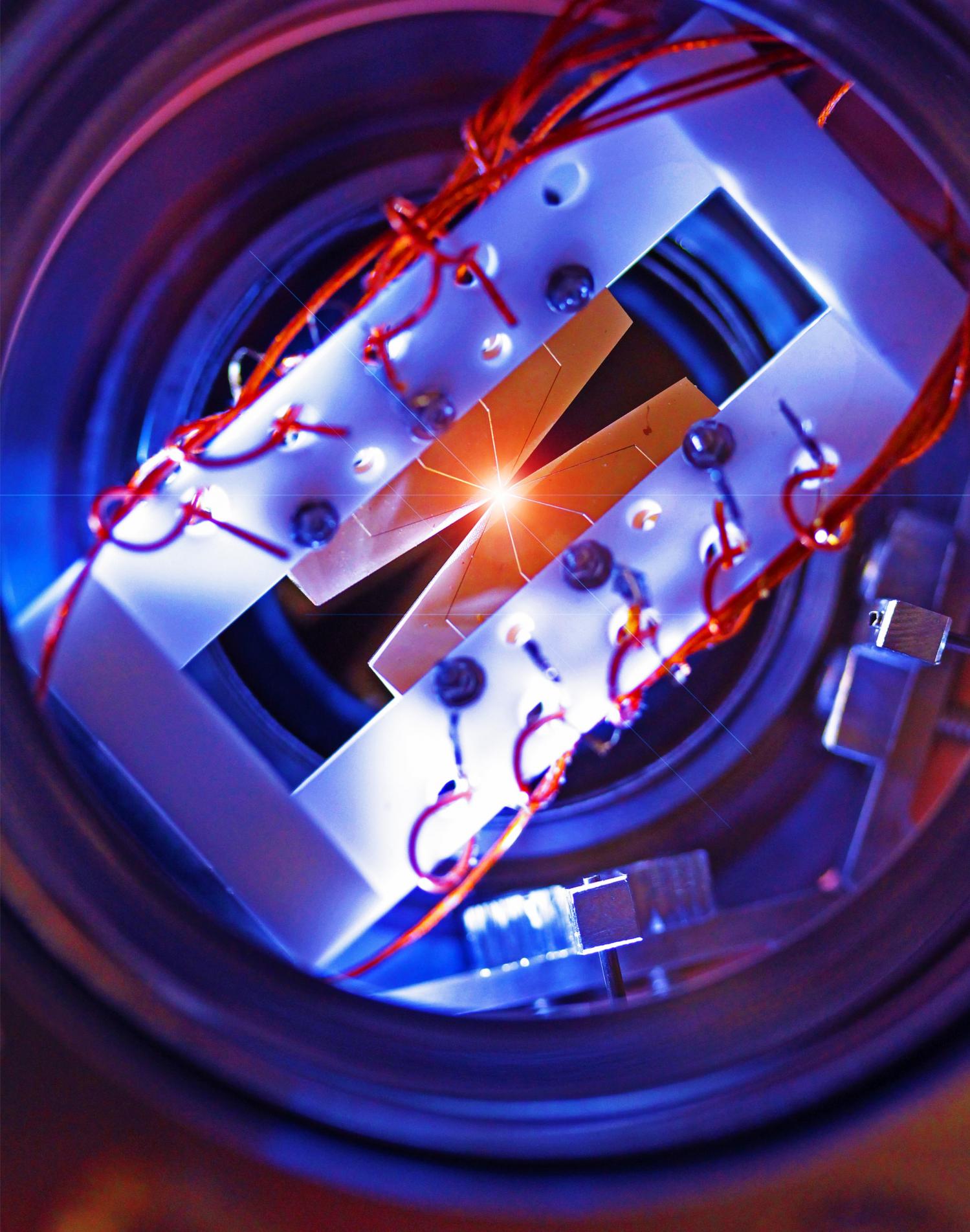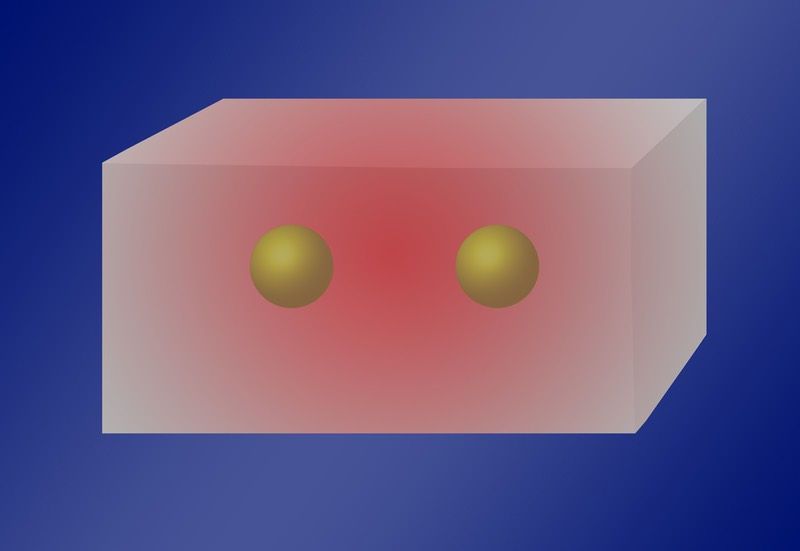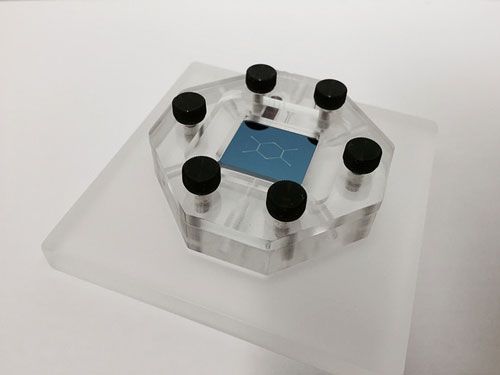Archive for the ‘particle physics’ category: Page 528
Aug 8, 2016
Diamond-based light sources will lay a foundation for quantum communications of the future
Posted by Karen Hurst in categories: computing, nanotechnology, particle physics, quantum physics
Dmitry Fedyanin from the Moscow Institute of Physics and Technology and Mario Agio from the University of Siegen and LENS have predicted that artificial defects in the crystal lattice of diamond can be turned into ultrabright and extremely efficient electrically driven quantum emitters. Their work, published in New Journal of Physics, demonstrates the potential for a number of technological breakthroughs, including the development of quantum computers and secure communication lines that operate at room temperature.
The research conducted by Dmitry Fedyanin and Mario Agio is focused on the development of electrically driven single-photon sources—devices that emit single photons when an electrical current is applied. In other words, using such devices, one can generate a photon “on demand” by simply applying a small voltage across the devices. The probability of an output of zero photons is vanishingly low and generation of two or more photons simultaneously is fundamentally impossible.
Until recently, it was thought that quantum dots (nanoscale semiconductor particles) are the most promising candidates for true single-photon sources. However, they operate only at very low temperatures, which is their main drawback – mass application would not be possible if a device has to be cooled with liquid nitrogen or even colder liquid helium, or using refrigeration units, which are even more expensive and power-hungry. At the same time, certain point defects in the crystal lattice of diamond, which occur when foreign atoms (such as silicon or nitrogen) enter the diamond accidentally or through targeted implantation, can efficiently emit single photons at room temperature. However, this has only been achieved by optical excitation of these defects using external high-power lasers. This method is ideal for research in scientific laboratories, but it is very inefficient in practical devices.
Aug 6, 2016
IBM lab on a chip can sort 20 nanometer nanoparticles such as DNA, viruses and exos
Posted by Klaus Baldauf in categories: biotech/medical, computing, nanotechnology, particle physics
As reported today in the journal Nature Nanotechnology*, the IBM team’s results show size-based separation of bioparticles down to 20 nanometers (nm) in diameter, a scale that gives access to important particles such as DNA, viruses and exosomes. Once separated, these particles can be analyzed by physicians to potentially reveal signs of disease even before patients experience any physical symptoms and when the outcome from treatment is most positive. Until now, the smallest bioparticle that could be separated by size with on-chip technologies was about 50 times or larger, for example, separation of circulating tumor cells from other biological components.
IBM is collaborating with a team from the Icahn School of Medicine at Mount Sinai to continue development of this lab-on-a-chip technology and plans to test it on prostate cancer, the most common cancer in men in the U.S.
Aug 5, 2016
New particle hopes fade as LHC data ‘bump’ disappears
Posted by Aleksandar Vukovic in categories: particle physics, space
Hopes for the imminent discovery of a particle that might fundamentally change our understanding of the Universe have been put on hold.
Results from the Large Hadron Collider show that a “bump” in the machine’s data, previously rumoured to represent a new particle, has gone away.
The discovery of new particles, which could trigger a paradigm shift in physics, may still be years away.
Aug 4, 2016
Porous plasmonic nanoparticles for surface-enhanced Raman scattering applications
Posted by Karen Hurst in category: particle physics
A novel strategy is used to synthesize porous gold-silver alloy nanospheres encased in ultrathin silica shells that can act as highly sensitive single-particle probes.
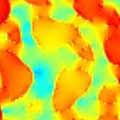
Gold (Au) and silver (Ag) nanoparticles are typical plasmonic nanoparticles that exhibit an intense electromagnetic field in their proximity when they are irradiated by incident light. Within these fields—known as ‘hotspots’—the Raman scattering of molecules can be magnified by many orders of magnitude (depending on the intensity of the local electric field). In this so-called surface-enhanced Raman scattering (SERS) phenomenon,1 the Raman scattering signals contain information relating to the bond vibrations and thus provide ‘signatures’ of the molecules (which enables their spectroscopic detection). In the pursuit of high-sensitivity SERS analyses, it is therefore highly desirable to specifically construct hotspots.
Aug 3, 2016
Elusive neutrinos and hypothetical ‘dark sector’ particles could hold answers to cosmic mysteries
Posted by Andreas Matt in categories: cosmology, particle physics
All material things appear to be made of elementary particles that are held together by fundamental forces. But what are their exact properties? How do they affect how our universe looks and changes? And are there particles and forces that we don’t know of yet?
Questions with cosmic implications like these drive many of the scientific efforts at the Department of Energy’s SLAC National Accelerator Laboratory. Three distinguished particle physicists have joined the lab over the past months to pursue research on two particularly mysterious forms of matter: neutrinos and dark matter.
Neutrinos, which are abundantly produced in nuclear reactions, are among the most common types of particles in the universe. Although they were discovered 60 years ago, their basic properties puzzle scientists to this date.
Aug 3, 2016
Programmable ions set the stage for general-purpose quantum computers
Posted by Andreas Matt in categories: computing, information science, particle physics, quantum physics
Quantum computers promise speedy solutions to some difficult problems, but building large-scale, general-purpose quantum devices is a problem fraught with technical challenges.
To date, many research groups have created small but functional quantum computers. By combining a handful of atoms, electrons or superconducting junctions, researchers now regularly demonstrate quantum effects and run simple quantum algorithms —small programs dedicated to solving particular problems.
But these laboratory devices are often hard-wired to run one program or limited to fixed patterns of interactions between the quantum constituents. Making a quantum computer that can run arbitrary algorithms requires the right kind of physical system and a suite of programming tools. Atomic ions, confined by fields from nearby electrodes, are among the most promising platforms for meeting these needs.
Continue reading “Programmable ions set the stage for general-purpose quantum computers” »
Aug 3, 2016
Universal cancer vaccine on horizon after genetic breakthrough
Posted by Shailesh Prasad in categories: bioengineering, biotech/medical, genetics, particle physics
A universal cancer vaccine is on the horizon after scientists discovered how to rewire immune cells to fight any type of disease.
The potential new therapy involves injecting tiny particles of genetic code into the body which travel to the immune cells and teach them to recognise specific cancers.
Although scientists have shown previously that is it is possible to engineer immune cells outside the body so they can spot cancer it is the first time it has happened inside cells.
Continue reading “Universal cancer vaccine on horizon after genetic breakthrough” »
Aug 2, 2016
Virtual Light Particles May Boost Quantum Computing
Posted by Karen Hurst in categories: computing, particle physics, quantum physics
A single photon can excite two or more atoms at the same time, scientists found. And the light particle would do so in a very counterintuitive way, by summoning one or more companion photons out of nothingness.
If you think of particles of light, or photons, as billiard balls, it makes intuitive sense that a single photon can excite a single atom.
The new, less intuitive finding depends on the strange nature of quantum mechanics, and might help improve advanced machines known as quantum computers, researchers said. Prior work suggested that such machines could simultaneously perform more calculations in one instant than there are atoms in the universe. [Warped Physics: 10 Effects of Faster-than-Light Travel].
Continue reading “Virtual Light Particles May Boost Quantum Computing” »
Aug 1, 2016
Lab-on-a-Chip breakthrough aims to help physicians detect cancer and diseases at the nanoscale
Posted by Karen Hurst in categories: biotech/medical, computing, nanotechnology, particle physics
Nice!
IBM scientists have developed a new lab-on-a-chip technology that can, for the first time, separate biological particles at the nanoscale and could help enable physicians to detect diseases such as cancer before symptoms appear.
As reported today in the journal Nature Nanotechnology (“Nanoscale Lateral Displacement Arrays for Separation of Exosomes and Colloids Down to 20nm”), the IBM team’s results show size-based separation of bioparticles down to 20 nanometers (nm) in diameter, a scale that gives access to important particles such as DNA, viruses and exosomes. Once separated, these particles can be analyzed by physicians to potentially reveal signs of disease even before patients experience any physical symptoms and when the outcome from treatment is most positive. Until now, the smallest bioparticle that could be separated by size with on-chip technologies was about 50 times or larger, for example, separation of circulating tumor cells from other biological components.

